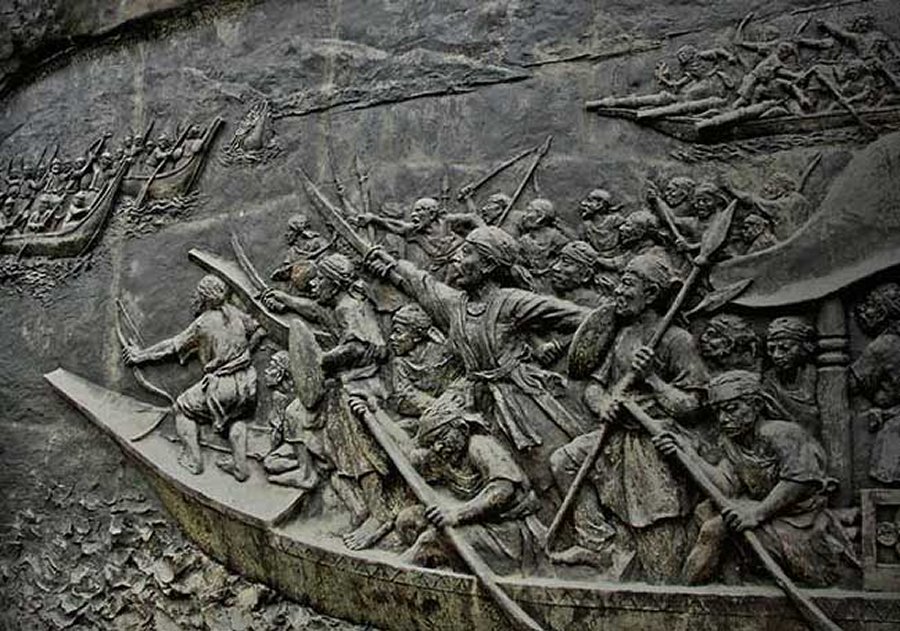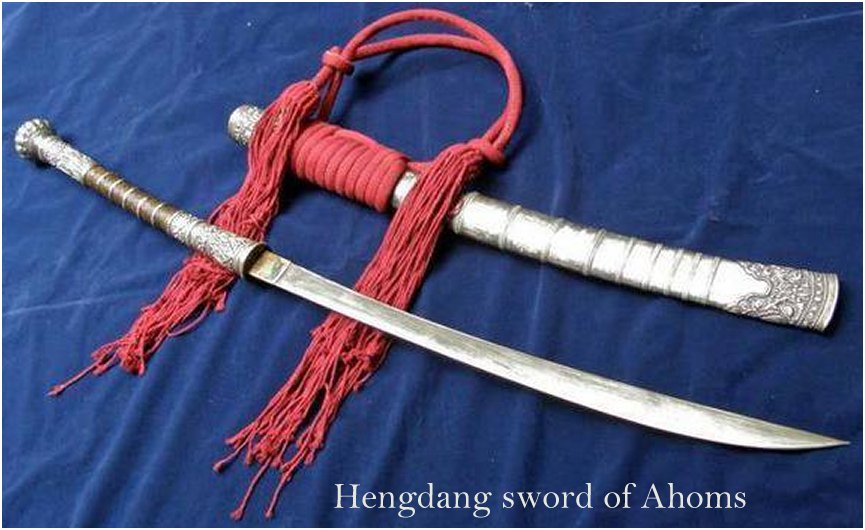Lachit Bhorphukan: Hero From Assam Among Famous Warriors Who Stopped Mughals From Conquering Northeast India
A. Sutherland - AncientPages.com - Lachit Bhorphukan was a great warrior from Assam, where he was a commander of the army of the Ahom Kingdom. Lachit bravely defeated the powerful Mughal Army, using some of the riskiest strategies, ever.
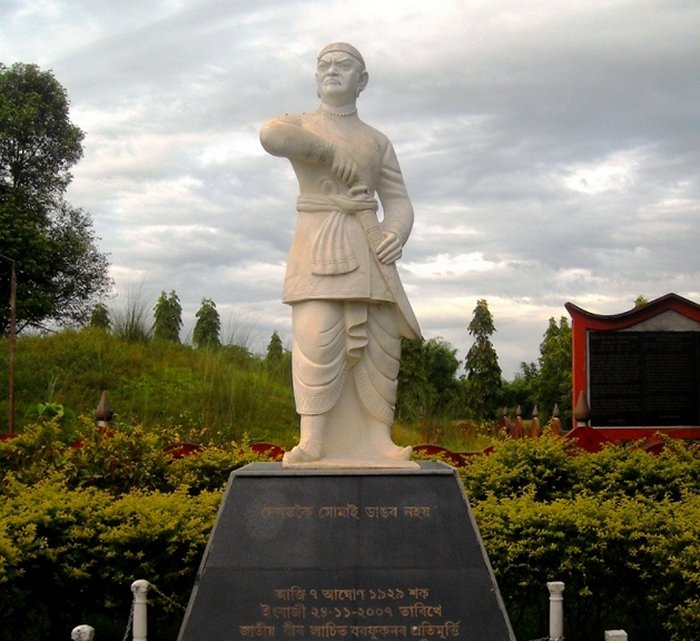
His name became particularly famous when Lachit Bhorphukan recovered Gauhati, the largest city of Assam and Northeastern India, from the Mughals in 1667 and was presented with the Hengdang, a single-edged gold (silver or wood) plated sword. Image source
In the mid-1600s, the Mughal Empire was at the peak of its glory and extended over large parts of the Indian subcontinent and Afghanistan; it was the second largest to have existed in the Indian subcontinent, covering an impressive area of 4 million square kilometers, after the Maurya Empire, which spanned 5 million square kilometers.
A great military leader of medieval India and son of commander-in-Chief of Ahom forces, Lachit was educated in Hindu, Indian scripture, military skills, and other disciplines necessary for him as a nobleman.
From his father, Lachit had inherited involvement, a sense of duty, and loyalty. He was now occupied with the preparations for the war.
The Mughals’ force and pacification dominated over a large part of India and in consequence, the country began to experience a series of revolutions and uprisings.
Now it was time to liberate Guwahati from Mughal-occupation. Lachit Bhorphukan was selected to lead the forces of the Kingdom of Ahom to liberate Guwahati from the Mughal occupation.
He raised the army and preparations were completed by the summer of 1667. He knew the enemy and he knew that his army had no chance to fight on the plains. He chose the forested and hilly terrain just outside Guwahati, as his battlefield, where his men had an advantage over the Mughals.
It was still time to made strategic preparations to the battle that took place on Brahmaputra River, near Saraighat, Guwahati. At the crucial moment in this decisive battle, the Mughals’ army was about to land at Andharubali, where Lachit had his headquarters.
He immediately sent orders to all the land and naval forces to attack. He also ordered his boats to be prepared for him and forced himself from the sickbed and on to the boats, (at that time he was very ill). He firmly stated that regardless of what happens, he will never desert his country. His war-boats immediately headed toward the naval battle and along with all Ahom warships smashed into the Mughal warships.
The Mughal admiral was killed and the Mughals suffered the loss of three top-ranking officers and about 4000 dead.
Guwahati, of which history and myths go back several thousands of years, was recovered by Lachit, who successfully defended it against the Mughal forces.
The day of the decisive battle - one of the worst defeats the Mughal Army would ever face - is not known for certain, only that it happened in the middle of March 1671.
The battle would be remembered for the victory of a much smaller Ahom army over the mighty Mughal Army, through a combination of tactical brilliance, guerilla warfare, and intelligence gathering.
Lachit Borphukan was among many other brave kings and generals who managed to keep the North East of India free. The victory in Saraighat Battle immortalized the brave warrior who was presented with the Hengdang, a single-edged gold plated sword.
However, Lachit Borphukan never recovered from his illness and died a year later in April 1672.
Written by – A. Sutherland AncientPages.com Staff Writer
Copyright © AncientPages.com All rights reserved. This material may not be published, broadcast, rewritten or redistributed in whole or part without the express written permission of AncientPages.com
Expand for referencesMore From Ancient Pages
-
 Evidence Of Rare Roman-Celtic Temple Near Lancaster Castle
Archaeology | Mar 9, 2023
Evidence Of Rare Roman-Celtic Temple Near Lancaster Castle
Archaeology | Mar 9, 2023 -
 Submerged Ancient Bridge Found In Genovesa Cave Reveals Humans Settled In Mediterranean Much Earlier Than Previously Thought
Archaeology | Sep 2, 2024
Submerged Ancient Bridge Found In Genovesa Cave Reveals Humans Settled In Mediterranean Much Earlier Than Previously Thought
Archaeology | Sep 2, 2024 -
 Archaeologists Investigate The Mysterious Disappearance Of Human Skeletons In England And Wales During The 5th Century
Archaeology | Oct 16, 2024
Archaeologists Investigate The Mysterious Disappearance Of Human Skeletons In England And Wales During The 5th Century
Archaeology | Oct 16, 2024 -
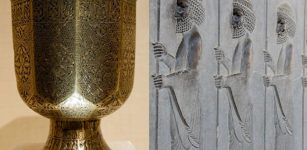 Cup Of Jamshid – Holy Grail Of Ancient Persia Offered Immortality And Visions Of The Future
Featured Stories | Jan 16, 2019
Cup Of Jamshid – Holy Grail Of Ancient Persia Offered Immortality And Visions Of The Future
Featured Stories | Jan 16, 2019 -
 Glorious And Scary Orava Castle – Realms Of Nosferatu And A Historical Landmark Of Slovakia
Featured Stories | Jan 24, 2020
Glorious And Scary Orava Castle – Realms Of Nosferatu And A Historical Landmark Of Slovakia
Featured Stories | Jan 24, 2020 -
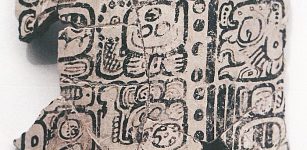 Painted Komkom Vase With Longest Hieroglyphic Text Unearthed In Belize
Archaeology | Apr 24, 2019
Painted Komkom Vase With Longest Hieroglyphic Text Unearthed In Belize
Archaeology | Apr 24, 2019 -
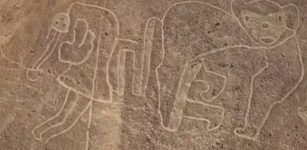 Drones Discover 25 Never-Before-Seen Geoglyphs Near Famous Nazca Lines
Archaeology | Jun 4, 2018
Drones Discover 25 Never-Before-Seen Geoglyphs Near Famous Nazca Lines
Archaeology | Jun 4, 2018 -
 Monumental Grave Of Ancient Greek Poet Aratus Located In Mersin- But It Cannot Be Opened
Archaeology | Jun 4, 2017
Monumental Grave Of Ancient Greek Poet Aratus Located In Mersin- But It Cannot Be Opened
Archaeology | Jun 4, 2017 -
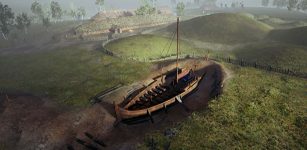 Archaeologists Reveal 12 Exciting Finds From The Gjellestad Viking Ship Dig
Archaeology | May 28, 2022
Archaeologists Reveal 12 Exciting Finds From The Gjellestad Viking Ship Dig
Archaeology | May 28, 2022 -
 Mayan Underwater Tunnels With Bones Of Humans, Elephant-Like Creatures, Tigers, Bears, Tigers And Extinct Horses, Rediscovered In Yucatan
Archaeology | Jan 19, 2018
Mayan Underwater Tunnels With Bones Of Humans, Elephant-Like Creatures, Tigers, Bears, Tigers And Extinct Horses, Rediscovered In Yucatan
Archaeology | Jan 19, 2018 -
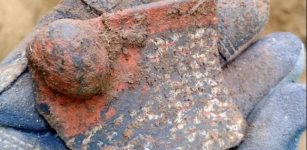 6,000-Year-Old Discovery Of Artifacts Associated With Ancient Lengyel Culture
Archaeology | Mar 27, 2020
6,000-Year-Old Discovery Of Artifacts Associated With Ancient Lengyel Culture
Archaeology | Mar 27, 2020 -
 Falerii Novi – Huge Ancient Underground Roman City Reveals Its Secrets
Featured Stories | Jun 8, 2022
Falerii Novi – Huge Ancient Underground Roman City Reveals Its Secrets
Featured Stories | Jun 8, 2022 -
 New Evidence Vikings Failed To Wipe Out Communities And Anglo-Saxon Monasteries
Archaeology | Jan 30, 2023
New Evidence Vikings Failed To Wipe Out Communities And Anglo-Saxon Monasteries
Archaeology | Jan 30, 2023 -
 Ancient Manuscript Reveals: Jesus Was Married And Fathered Two Children With Mary Magdalene
Archaeology | Nov 10, 2014
Ancient Manuscript Reveals: Jesus Was Married And Fathered Two Children With Mary Magdalene
Archaeology | Nov 10, 2014 -
 Strange Tale How The Liberty Cap Mushroom Got Its Name Starts In Ancient Rome
Featured Stories | Sep 3, 2023
Strange Tale How The Liberty Cap Mushroom Got Its Name Starts In Ancient Rome
Featured Stories | Sep 3, 2023 -
 Ukko: Karelian-Finnish God Of Thunderstorms, Harvest, Patron Of Crops And Cattle
Featured Stories | Apr 2, 2020
Ukko: Karelian-Finnish God Of Thunderstorms, Harvest, Patron Of Crops And Cattle
Featured Stories | Apr 2, 2020 -
 DNA Identifies Historical Remains Of George Washington’s Relatives
DNA | Mar 29, 2024
DNA Identifies Historical Remains Of George Washington’s Relatives
DNA | Mar 29, 2024 -
 Selah – Mysterious Biblical Word Of Unknown Meaning
Biblical Mysteries | Jan 5, 2018
Selah – Mysterious Biblical Word Of Unknown Meaning
Biblical Mysteries | Jan 5, 2018 -
 Strange Encounter With A Dead Medieval Army In Normandy – Or Were They Visitors From A Parallel World?
Featured Stories | Nov 5, 2017
Strange Encounter With A Dead Medieval Army In Normandy – Or Were They Visitors From A Parallel World?
Featured Stories | Nov 5, 2017 -
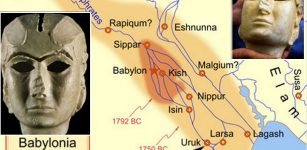 Sumerian ‘Mask Of Warka’ From Uruk: Sculptured Face May Depict Goddess Inanna
Featured Stories | Sep 15, 2016
Sumerian ‘Mask Of Warka’ From Uruk: Sculptured Face May Depict Goddess Inanna
Featured Stories | Sep 15, 2016

